
Poison Ivy What You May Not Know The New York Times
Poison ivy treatments usually involve self-care methods at home. And the rash typically goes away on its own in two to three weeks. If the rash is widespread or causes many blisters, your doctor may prescribe an oral corticosteroid, such as prednisone, to reduce swelling. If a bacterial infection has developed at the rash site, your doctor.
:max_bytes(150000):strip_icc()/poison-ivy-short-fall-color-big-56a588855f9b58b7d0dd45df.jpg)
Poison Ivy Pictures How to Identify It
In some people, it causes serious symptoms such as swelling and widespread, large, oozing blisters. Home treatment will often relieve mild symptoms. Prescription medicine may be needed for severe reactions. Current as of: March 22, 2023 Author: Healthwise Staff
:max_bytes(150000):strip_icc()/poison-ivy--toxicodendron-radicans--471271885-5b11842704d1cf00371e8bc7.jpg)
How to Prevent and Treat Poison Ivy
A Plant Induced Rash: A plant induced rash is an allergic contact dermatitis caused by contact with oil called urushiol. Urushiol is found in the sap of the poisonous plants like poison ivy, poison oak, and poison sumac. It is a colourless or pale yellow oil that oozes from any cut or crushed part of the plant.
:max_bytes(150000):strip_icc()/GettyImages-157374968-69292775f28d4251b2890f5a4a7993d7.jpg)
Poison Ivy Overview and More
Poison ivy is a type of allergenic plant in the genus Toxicodendron native to Asia and North America. Formerly considered a single species, Toxicodendron radicans, poison ivies are now generally treated as a complex of three separate species: Toxicodendron radicans, Toxicodendron rydbergii, and Toxicodendron orientale.
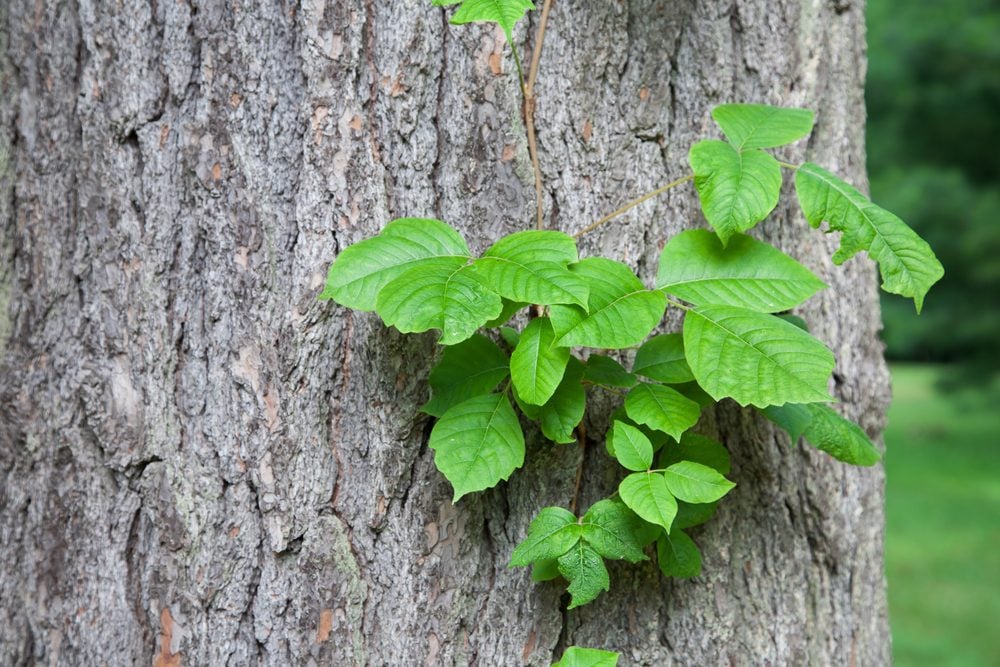
Here's What Poison Ivy Really Looks Like The Healthy
Health Information and Instruments > Patient Care Handouts > Poison Ivy,. Schiff Content. Alberta Product Linked to Conditions. Poison Green, Oak, or Sumac.
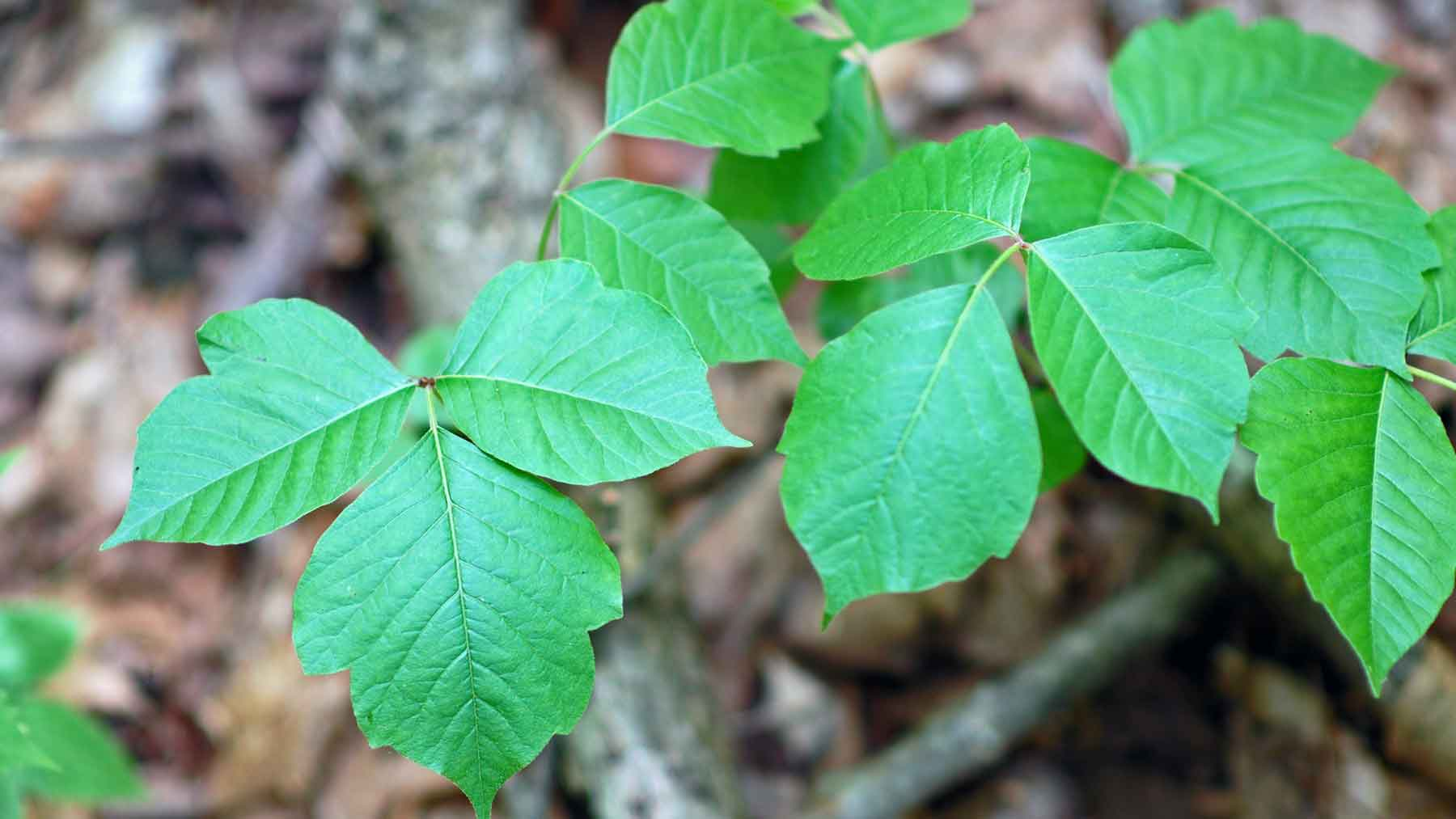
How to Get Rid of Poison Ivy Plants Plant Instructions
Poison ivy, oak, and sumac are plants that can cause a red, itchy rash called allergic contact dermatitis. It is the most common skin problem caused by contact with plants. What causes the rash? The rash is caused by contact with a sticky oil called urushiol (say "yoo-ROO-shee-all") found in poison ivy, oak, or sumac. You can get the rash from:
:max_bytes(150000):strip_icc()/poison-ivy-103992302-2c45d36ba36b4b8d97523e962220d0ec.jpg)
Poison Ivy Plant Profile Toxicity and Identification
Poison Ivy? It does exist in Alberta. Pileated Woodpecker Trail in the Battery Creek area of Devon.
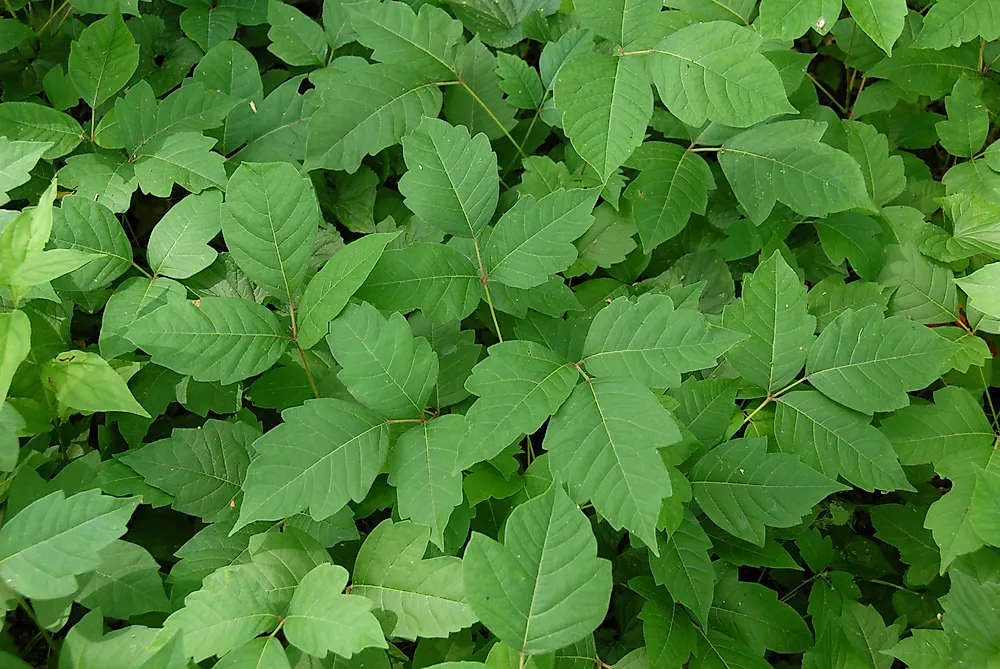
10 Poisonous Plants Found in Canada WorldAtlas
A plant induced rash is an allergic contact dermatitis caused by contact with oil called urushiol. Urushiol is found in the sap of the poisonous plants like poison ivy, poison oak, and poison sumac. It is a colourless or pale yellow oil that oozes from any cut or crushed part of the plant.
/close-up-of-poison-ivy-toxic-plant--toxicodendron-radicans--1027734666-5c3ac05c46e0fb0001c75309.jpg)
Poison Ivy Plant Profile Toxicity and Identification
Overview If you have contact with poison ivy, oak, or sumac, immediately wash areas of the skin that may have touched the plant. Sometimes the resulting rash ( contact dermatitis) can be completely avoided by washing the affected areas. Wash right away with plenty of water.

Poison Ivy Herbaria 3.0 Tell us your plant story!
Overview Poison ivy, poison oak, and poison sumac are plants that can cause a skin rash upon contact. The red, itchy rash often shows up in lines or streaks. It may cause fluid-filled blisters or large, raised hives. The rash is caused by an allergic reaction to an oil in these plants.
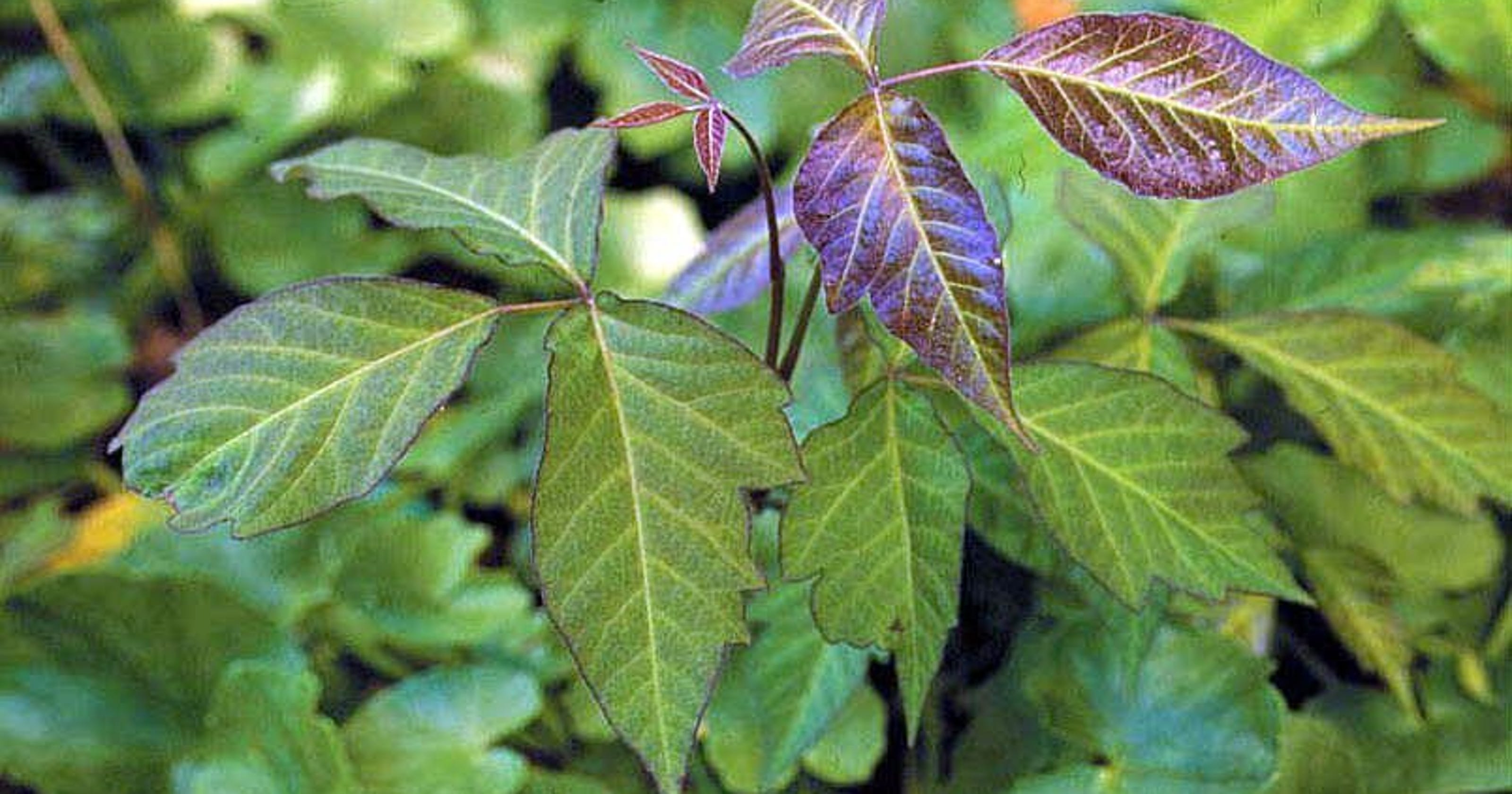
Poison Ivy 5 things you should know
Poison ivy usually has three broad, spoon-shaped leaves or leaflets ("Leaves of three? Let it be!"), but it can have more. It may grow as a climbing or low, spreading vine that sprawls through grass (more common in southeastern Canada) or as a shrub (more common throughout Canada, especially the Great Lakes region).
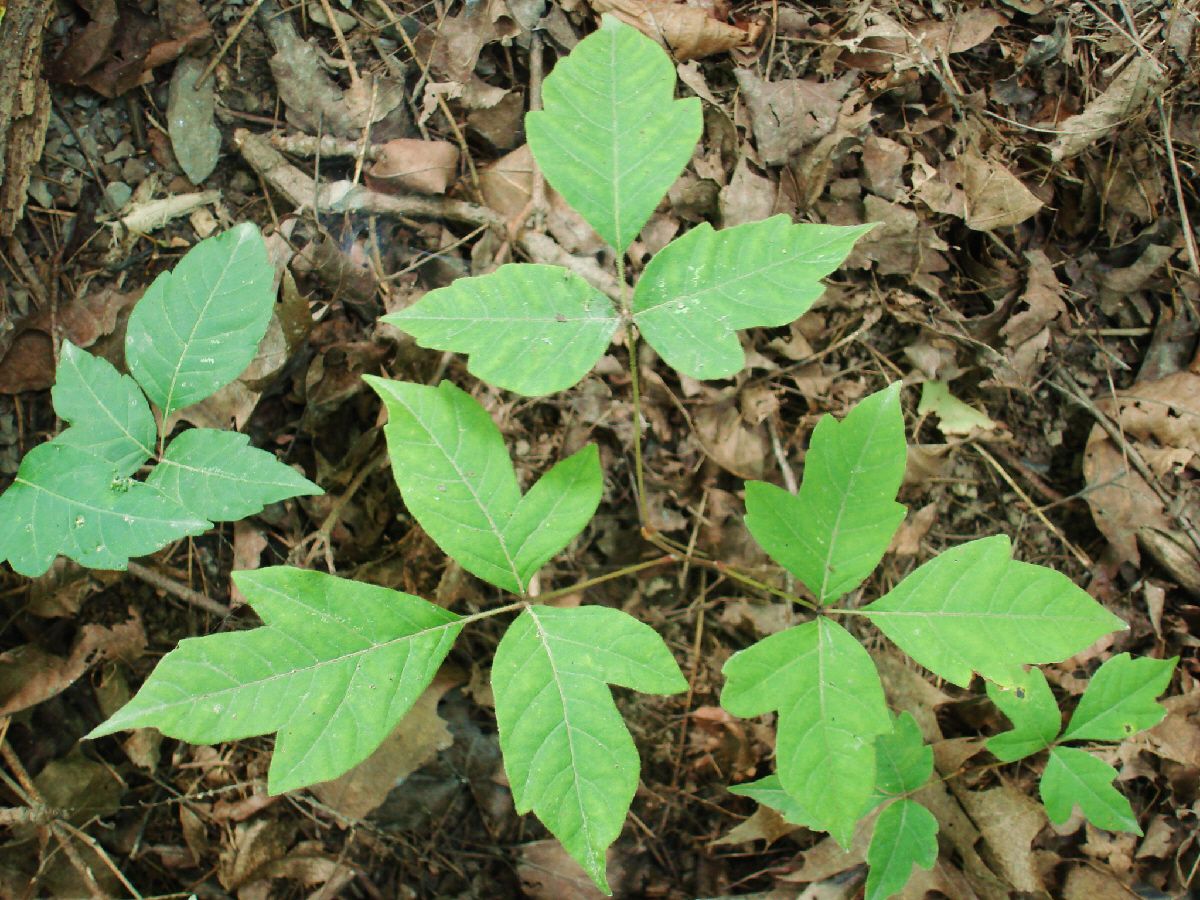
How to Identify Poison Ivy, Oak & Sumac From The Emergency Tree Removal
Poison ivy is a straggling or climbing woody vine that's well known for its ability to cause an itchy rash. Poison ivy can be found in every province except Newfoundland. It grows on sandy, stony, or rocky shores, and sprouts in thickets, in clearings, and along the borders of woods and roadsides.
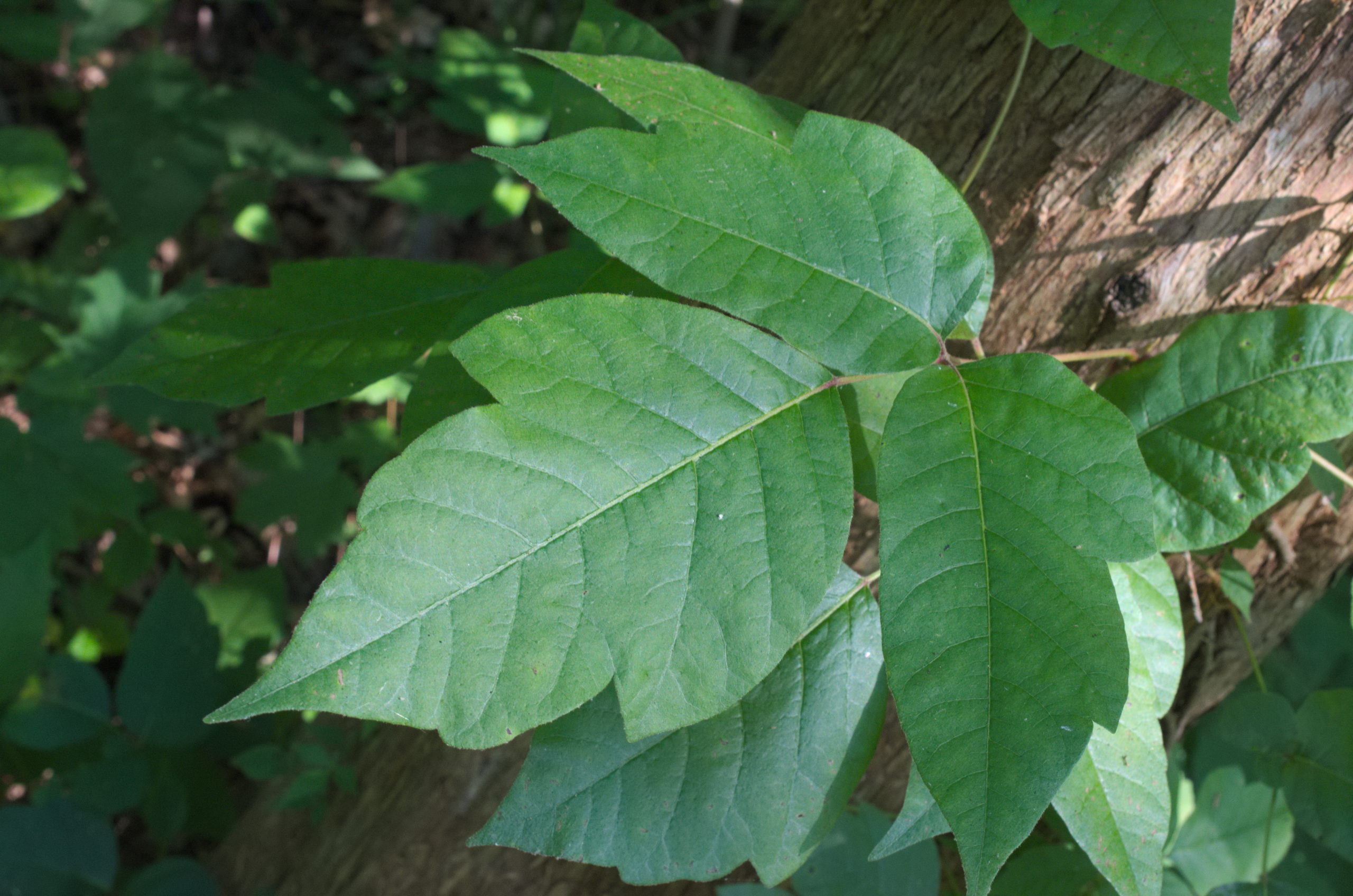
Myths About Poison Ivy WellCare
Overview Poison ivy, poison oak, and poison sumac are plants that can cause a skin rash upon contact. The red, itchy rash often shows up in lines or streaks. It may cause fluid-filled blisters or large, raised hives. The rash is caused by an allergic reaction to an oil in these plants.

poisonivy images
1. Poison Ivy: The Best-Known Itchy Plant Getty Images Poison ivy is found across the United States. You can come into contact with it while hiking in the woods, but it grows virtually.
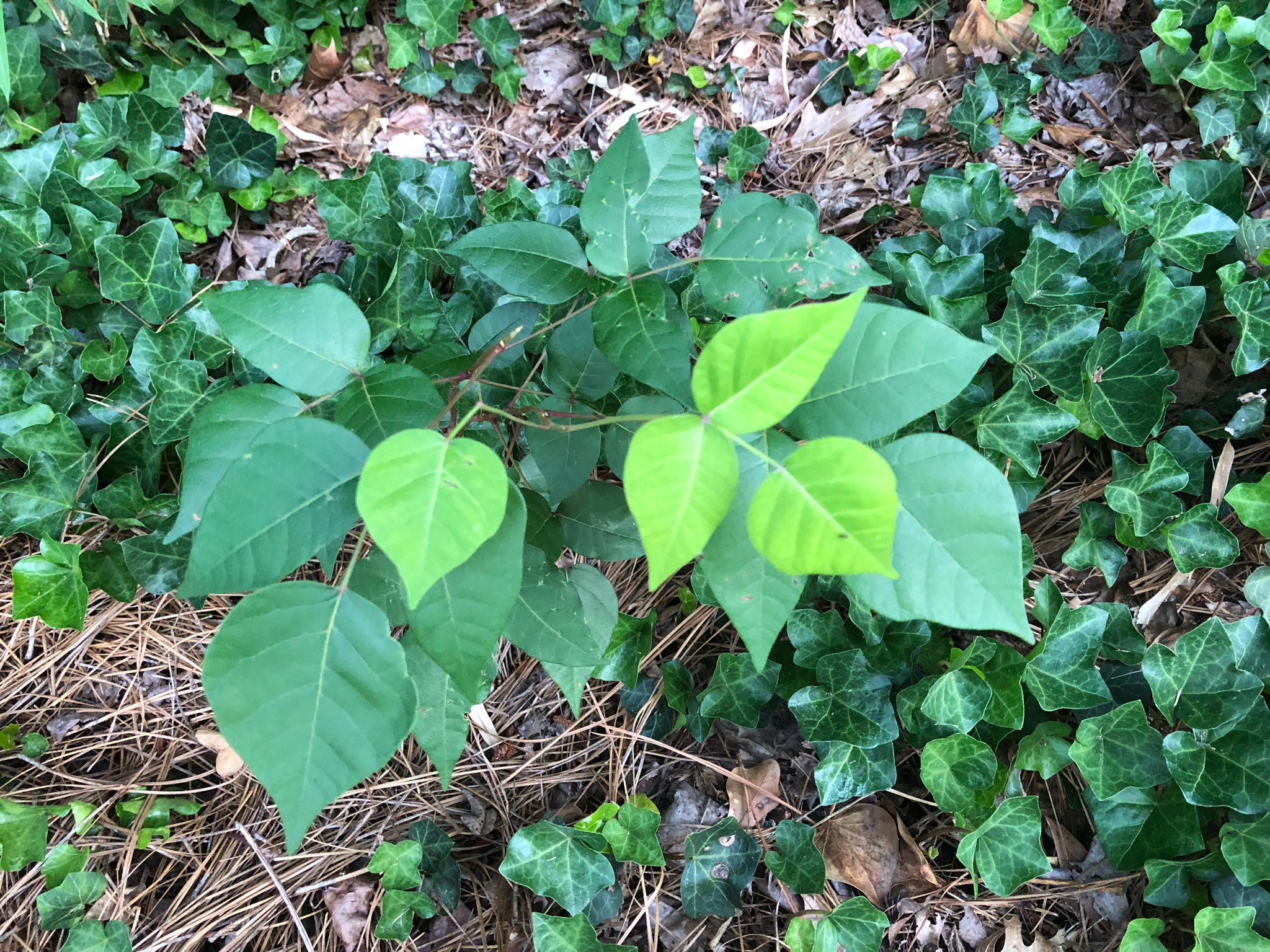
Everything You Need to Know About Poison Ivy
Poison ivy rash is caused by an allergic reaction to an oily resin called urushiol (u-ROO-she-ol). This oil is in the leaves, stems and roots of poison ivy, poison oak and poison sumac. Wash your skin right away if you come into contact with this oil, unless you know you're not sensitive to it.
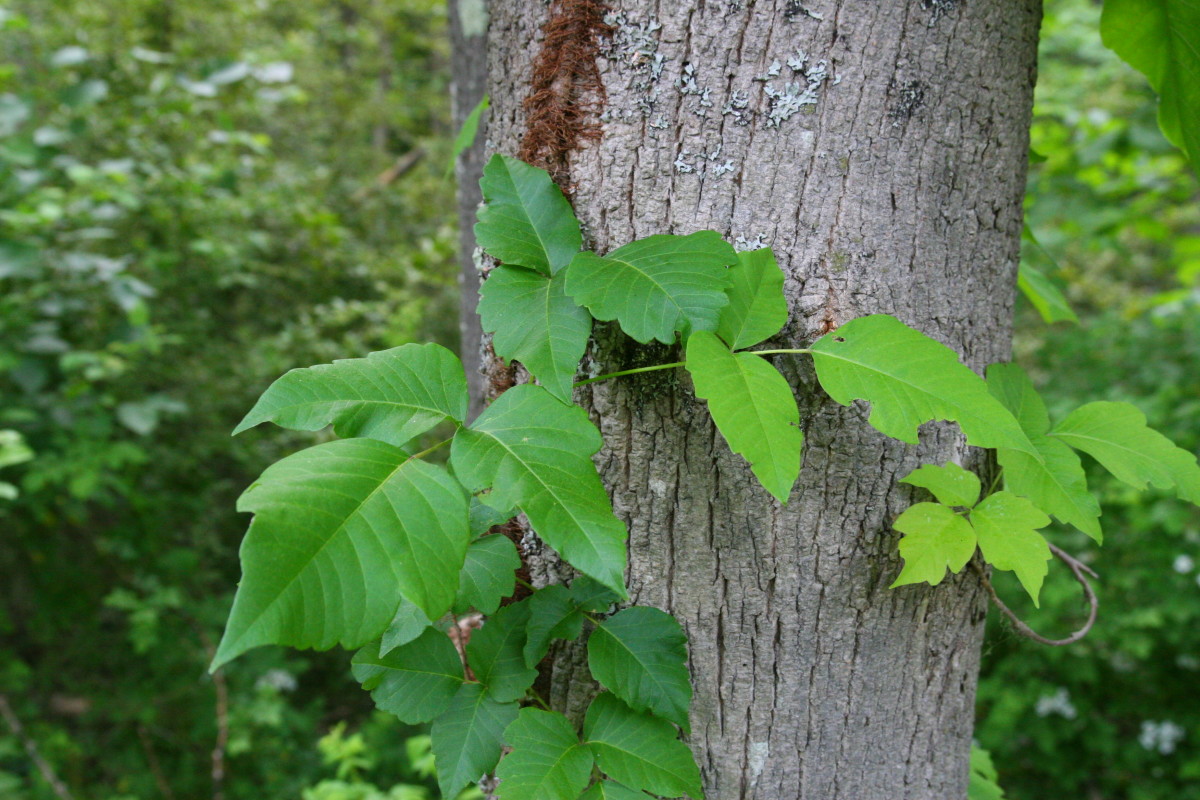
Poisonous Plants Lily of the Valley, Poison Ivy, and Foxglove
Poison Ivy in Alberta?? - Alberta Outdoorsmen Forum # 1 02-22-2019, 11:50 AM OpenSights Join Date: Oct 2014 Posts: 166 Poison Ivy in Alberta?? Is there any proven to grow here? If so which parts of the province? In a course where the instructor is saying it's all over.